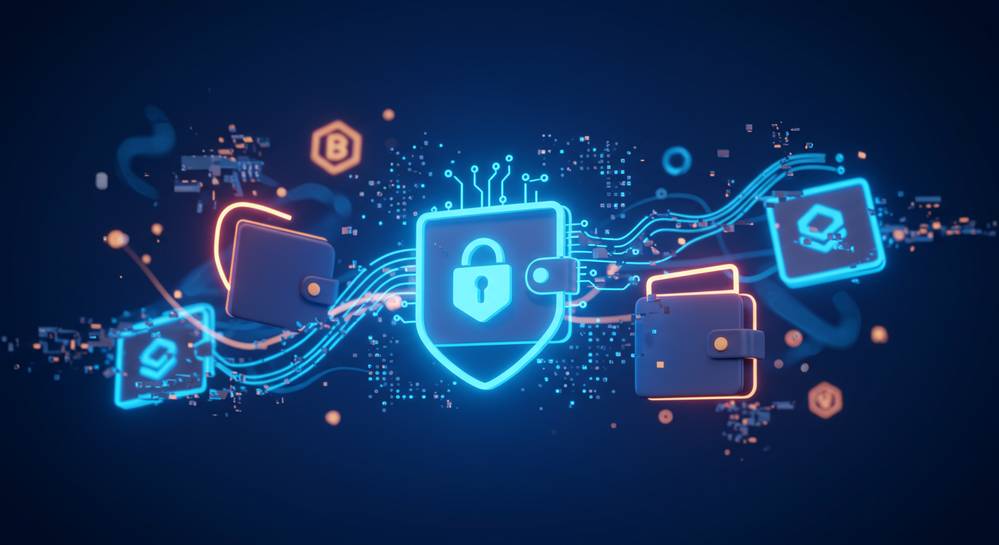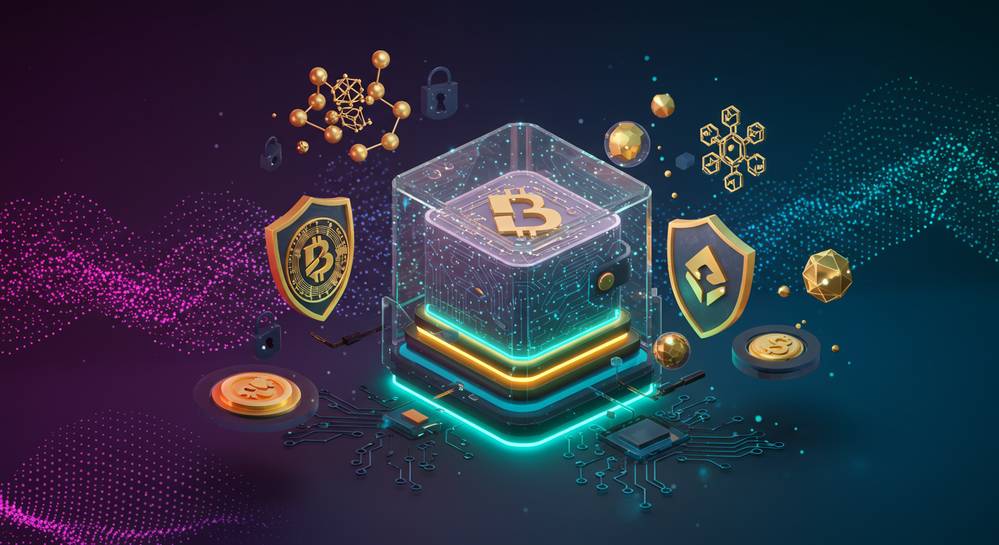In the digital gold rush of cryptocurrencies, the real treasure is your security. Cunning scammers lurk in the shadows, ready to snatch your hard-earned digital cash. But fear not! I’m here to show you how to avoid crypto wallet scams like a pro. Read on, and arm yourself with the knowledge to pick out these digital thieves before they can strike. It’s time to become a scam-spotting ninja and keep your crypto fortress secure!
Understanding Crypto Wallet Scams and How to Identify Them
Spotting Cryptocurrency Scams
You hear about people losing money to scams often. It’s not just happening to others, it could happen to you too if you’re not careful. We’ll dive into how to spot these scams. First up, let’s talk about phishing attacks in crypto. People pretend to be a service you trust. They send you a message that looks real but isn’t. They want your info. Don’t click on links you don’t recognize, even if they look official.
Next up are the Ponzi schemes. You might hear about an investment that promises big returns with no risk. That’s a red flag. They pay old investors with new investors’ money. That keeps it going. Remember, if it seems too good to be true, it probably is.
Last, watch out for pump and dump schemes. People will hype up a coin, then sell off their share when the price goes up from the buzz. This makes the price drop, and you could lose money.
Identifying Fake Wallets
Now let’s talk wallets – your digital pocket for crypto coins. Identifying fake wallets is crucial. First, look for red flags. If an app has no reviews, a weird name, or offers unusual features for free, be careful. Check the app store. If it’s not there or the link to the app store is broken, that’s a warning sign. Make sure you are always using reputable cryptocurrency exchanges.
Another tip is to verify wallet addresses. Scammers can fake these, so double-check them carefully. This ensures you’re sending or receiving crypto to the right place. Use two-factor authentication for wallets. This adds another layer of security that can keep thieves out.
A trustworthy crypto wallet feature is multi-signature access. More than one person needs to sign off on transactions. Cold storage for crypto safety is key too. This means storing your wallet offline. It’s safe from online hackers.
Be smart about spotting these scams and you’ll be on your way to safer crypto handling. Remember these crypto security tips and stay up to date. Securing your online crypto portfolio is a task that always needs attention. Keep your software updated, use encrypted communication for trading, and manage those passwords well. If you think you’ve come across fraud, reporting crypto wallet fraud helps everyone.
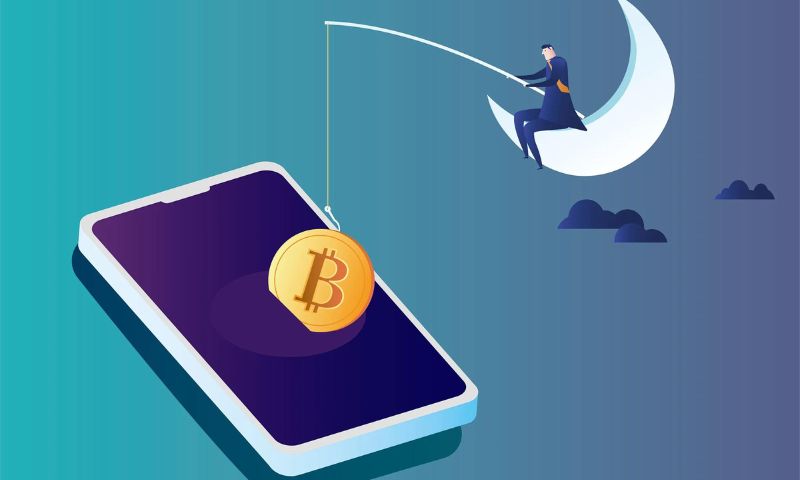
Implementing Robust Crypto Security Measures
Two-Factor Authentication for Wallets
Crypto security tips often start with a simple step: Turn on two-factor authentication (2FA). In a nutshell, 2FA adds a security layer to your wallet. It’s like a double lock on your digital cash stash. When you log in, you provide something you know, like a password. Next, you also use something you have, like a phone app, to approve access. This way, if someone cracks your password, they still can’t get in.
Now, here’s the lowdown on setting up 2FA. First, pick a trusted 2FA app. Then, connect it with your wallet. Often, this means scanning a QR code. Every time you log in, the app will show a new code. Use it quickly, as it changes often. If someone tries to sneak into your wallet, without the code, they’re stuck. No code, no access.
For the curious, yes, texts can be 2FA, too. But they’re not as safe. Hackers can hijack your phone number. They do this by tricking your phone company. It’s scary, but true. So it’s better to use an app than texts for 2FA.
Secure Digital Currency Storage
Talking about secure digital currency storage is a big deal. It’s all about keeping your crypto safe. The best trick is cold storage. This means your crypto lives offline, away from hackers. Think of it as a safe that’s not hooked up to the net. No web, no way for hackers to grab your coins.
Many of you ask, “How does cold storage work?” Here’s the scoop. You store your crypto on hardware. This could be a USB device or a specialty hardware wallet. They are only online when you use them. Once you’re done, they go back offline.
Now, remember, spotting cryptocurrency scams always includes checking for fake hardware. Only buy from sources you trust. Sometimes, bad guys sell fake devices. They look real but are set up to steal your coins.
For daily use, consider a hot wallet. This is a wallet that’s online. It can be on your phone or computer. It’s super handy for buying stuff or trading. But it’s also more at risk. That’s why you don’t keep all your crypto there, just what you might need for now.
Here are a few quick signs of a trustworthy crypto wallet:
- The wallet has good reviews.
- You downloaded it from a legit app store or site.
- It supports 2FA.
- It updates often to fix bugs.
Before I wrap this up, let’s talk about passwords. Always use a strong password. Mix up letters, numbers, symbols. Do not use easy stuff like “1234” or “password.” That’s asking for trouble. Also, use different passwords for different accounts. It’s a pain, yes. But it’s worth it. And please, keep your wallet software updated. Updates can fix security holes you don’t even know about.
Remember, a safe crypto journey starts with smart steps. Use what you learned here to keep your crypto locked up tight. Watch out for shady wallet apps and always verify everything. Trust me, your future self will thank you.
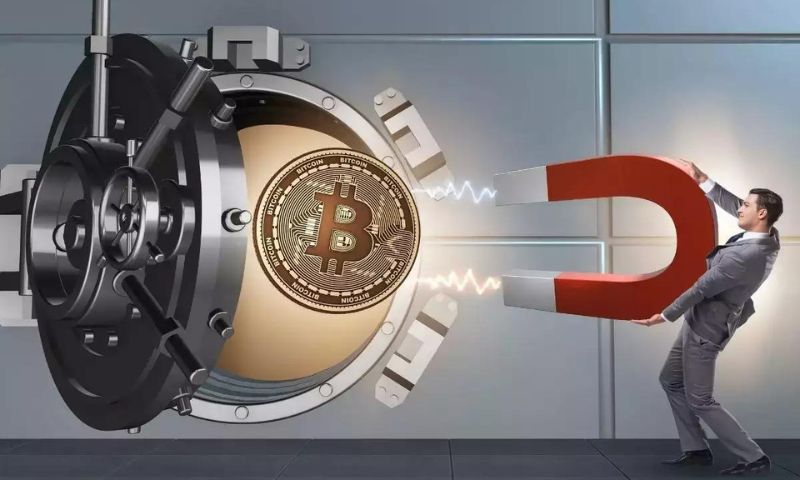
Recognizing and Avoiding Common Crypto Scams
Common Wallet Scams Crypto
Scams take money, and no one likes losing cash. Cryptos are cool, but they can lure scammers too. Crypto security is key to keeping your digital dough safe. We’ll dive into common scams and how to dodge them.
You open an email, click a link, and poof! Your crypto’s gone. That’s phishing – a scam where folks trick you into giving up private info. They might pose as real companies to get your trust, and then they steal your details. Avoid this by double-checking emails for odd details and misspelled words. Keep a sharp eye, and always verify before clicking any link.
Next up, fake wallets. These sneaky apps look legit, but they’re not. They aim to take your coins pronto. Spotting such an app means checking reviews and the app’s history. If it’s new or has bad reviews, stay away. Download wallets only from official stores or straight from the provider.
Some scammers go big with ponzi schemes. They promise huge returns, but it’s all smoke and mirrors. The profits aren’t real—they pay old investors with new investors’ money. They crumble fast, leaving many with nothing. If it sounds too good, it probably is. Stick to well-known, reliable investments.
Avoiding Ponzi Schemes Crypto
What about avoiding these ponzi trappings? Research is your best defense. If someone promises steady, high returns, be suspicious. Check their track record. Are they known in the field? Do they show clear, understandable ways they make money? If you can’t find solid info, walk away.
Now, let’s dig into some crypto security tips. Always use two-factor authentication for your wallets. It adds an extra step for anyone trying to break in. Without your phone or a special key, they can’t get your coins.
Watch for wallet apps that scream fraud. Red flags include no backup options, poor user reviews, or unknown developers. A secure wallet should let you back up your info and keep your private key, well, private.
Spot signals of scamming tactics like over-the-top marketing. Be wary of social media posts promising quick cash for little work. It’s likely a trap to get your money or info. Always think twice and do your homework before you invest.
And let’s not forget about keeping software updated. Updates often fix security holes. They close doors to would-be hackers.
Remember, if you use public Wi-Fi, avoid checking your crypto accounts. Hackers love public networks. They’re often weak and easy to hack into. Use your own data or wait till you can use a trusted network.
Spotting cryptocurrency scams can be tough, but knowledge is power. Keep learning, and soon, you’ll see the red flags a mile away. Stay alert, ask questions, and keep your coins under lock and key!
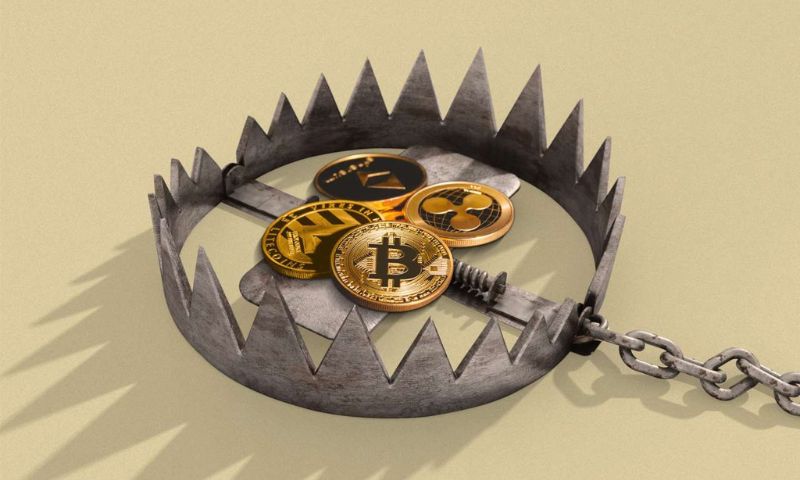
Advanced Security and Fraud Prevention Strategies
Multi-Signature Wallets and Security
Multi-signature wallets are like having a safe that needs two keys to open. To send crypto, you need approval from more than one person. This stops thieves dead in their tracks. No single person can take your coins. It’s a team effort to move your money. Families or businesses use these wallets for extra safety.
Let’s say you have a business. You and your partners set up a wallet needing two out of three to agree on transactions. Liz tries to send money without asking. But the wallet says nope, we need one more yes vote. You all stay in control. No surprises when you check your balance.
Cold Storage for Crypto Safety
Picture this: You’ve got a photo you love. To keep it safe, you put it in a frame and lock it up; that’s cold storage but for crypto. It’s a way to keep your coins offline. Hackers can’t touch this. No internet, no stealing. Super simple and super secure.
You have a hardware wallet, like a tiny computer that holds crypto. Only when you plug it in, you can move your coins. It’s so safe, even if your computer has a virus, your crypto stays clean. Perfect for large amounts or long-term keeping. When not in use, put it in a safe spot. Remember, if you lose it, those coins might be gone for good. So treat it like treasure.
Cold storage keeps your savings away from online risks. It might seem like extra work to plug in your wallet every time. But think of it like this: It’s your own personal bank vault. No hacker can stroll in and take your savings. That peace of mind? Worth it. Plus, it can be fun – like having a secret hiding spot that only you know about.
With the right moves, your crypto can be locked down tight. Use multi-signature wallets to make sure no one person can access everything. And for the best in safety, keep most of your stash in cold storage. It’s like having a safety net that keeps your digital gold safe. No more worrying about hacks. You can relax, knowing your coins are snug as a bug in a rug.
In this post, we uncovered how to spot crypto wallet scams and fake wallets. We learned key signs of fraud to watch for. Next, we discussed how to protect our digital coins with two-factor authentication and secure storage steps. We then dived into common crypto cons, like wallet scams and Ponzi schemes, and how to steer clear of them. Lastly, we explored advanced methods like multi-signature wallets and using cold storage to keep our crypto safe.
My final thoughts? Stay alert and informed. Scammers are clever, but with the right knowledge and tools, we can protect our crypto. Always double-check sources and use strong security measures. Be safe out there!
Q&A :
How can I recognize and steer clear of cryptocurrency wallet scams?
When dealing with cryptocurrency, your vigilance is crucial. To avoid wallet scams, always verify the reputation of the wallet provider and ensure the website’s URL is correct and secure (look for HTTPS). Be wary of unsolicited offers or any requests for your private keys. Additionally, use wallets that implement two-factor authentication (2FA) as an extra layer of security.
What are the red flags signaling a crypto wallet scam?
Watch out for warning signs such as overly attractive investment returns, aggressive marketing tactics, lack of clear information on the website, and reports of other users encountering issues. If the wallet provider asks for private information that is unnecessary for wallet operations, like your private keys or numerous personal details, it’s likely a scam.
What are the best practices to safeguard my crypto wallet?
To protect your crypto wallet, follow these best practices: regularly update your wallet software, back up your wallet, keep your private keys and recovery phrases offline and in a secure location, enable 2FA, and be cautious with wallet plug-ins or third-party apps. Always download wallets from the official sources or directly from reputable providers.
Can updating my crypto wallet help prevent scams?
Yes, regularly updating your cryptocurrency wallet can help prevent scams as updates often include security patches. Manufacturers release updates to fix vulnerabilities that scammers could exploit. Always download updates directly from the official wallet provider’s website or approved app stores.
Should I trust mobile apps claiming to be secure crypto wallets?
While there are legitimate mobile crypto wallet apps, it’s essential to thoroughly research before trusting one with your assets. Check the app’s reputation, user ratings, developer history, and read through the security features they offer. Only download apps from official app stores and avoid third-party downloads.

